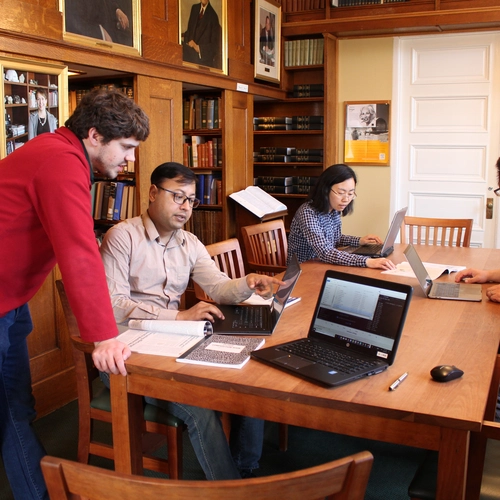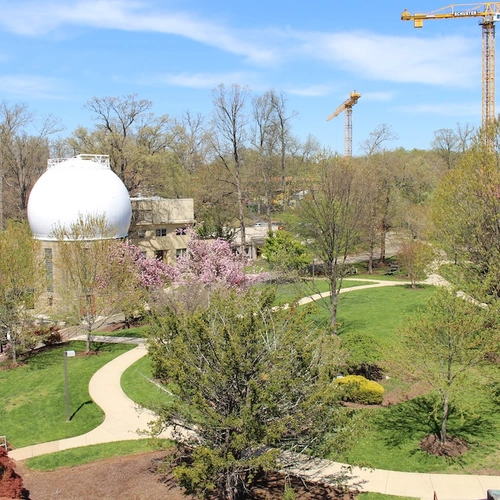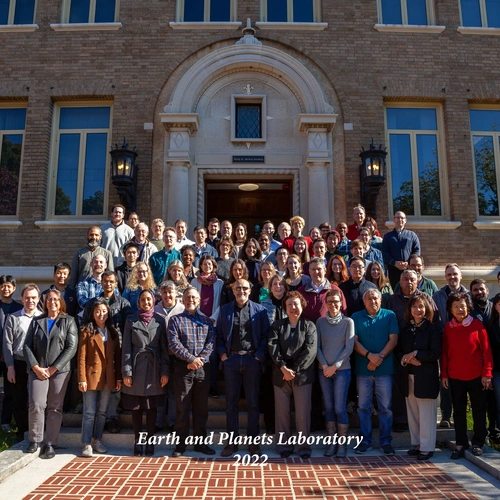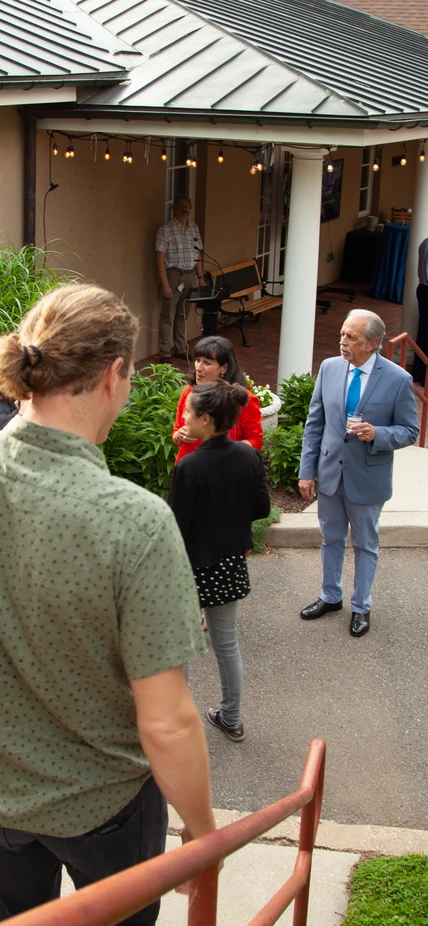At a glance
-
0
Years
We've been studying our planet and its place in the universe since 1904.
-
0
Staff Researchers
The curiosity, creativity, and ingenuity of our more than 40 Staff Scientists, Research Scientists, and Technical Support Staff form the cornerstone of our outsized scientific impact.
-
0
Postdocs
A rigorous postdoctoral program provides a launchpad for the next generation of scientific leaders. We are proud of their successes in academia, industry, and government. We continue to collaborate with many of our alumni.
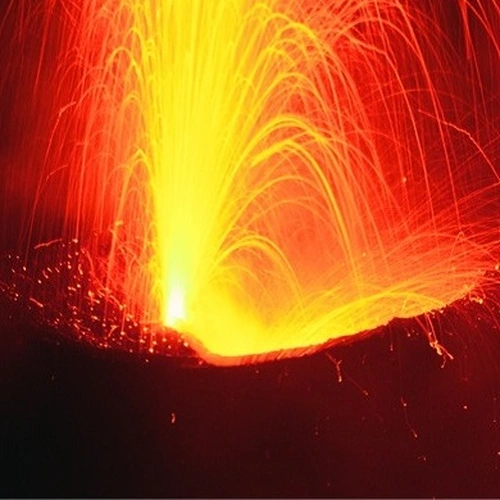
A tale of two departments
In 2020, two historic departments merged to form the Earth and Planets Laboratory.
The Department of Terrestrial Magnetism was established in 1904 to build the first complete map of Earth's magnetic field. The Geophysical Laboratory was established in 1905 as a center for experimental investigations of rocks and minerals and the physics and chemistry of the Earth’s interior.
Scientists at both departments pushed the boundaries of their fields—exploring new scientific questions and developing brand-new areas of research along the way. Over time, our research expanded to include astronomy, experimental petrology, seismology, geodynamics, data science, cosmochemistry, material science, astrobiology, and more.
Learn more about our history

Our research today
Science at the Earth and Planets Laboratory has evolved to reflect the growing multidisciplinary nature of the Earth, planetary, and astronomical sciences. However, our historic goal—understanding our planet and its place in the cosmos—remains a compelling beacon.
Today, we discover new worlds, probe our planet's dynamic interior, and seek to understand what Earth's formation and evolution can tell us about the conditions that allowed life to thrive here—informing the search for habitable planets and exoplanets and life beyond our Solar System.
Our research areas:
- Astronomy and Astrophysics
- Astrobiology and Geobiology
- Geophysics and Geodynamics
- Geochemistry and Cosmochemistry
- Petrology and Mineral Physics
- Extreme Materials
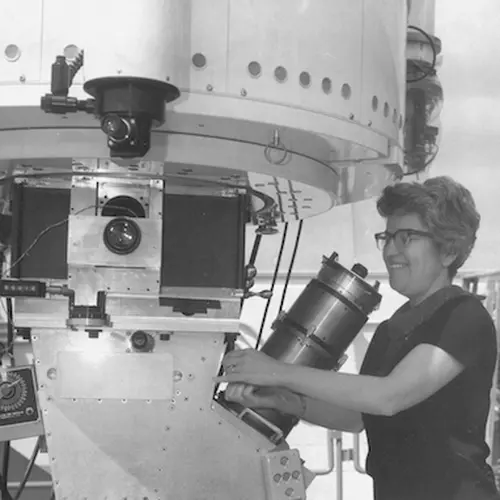
Discovery and innovation
Our pursuit of answers to some of humanity's biggest questions—fueled by our scientists' curiosity, intellect, and creativity—has resulted in major discoveries over the last hundred years. Some breakthroughs include the first lab-created pressures upward of two Megabars, the confirmation of the first exoplanets, and Vera Rubin’s historical proof of the existence of dark matter.
Carnegie's unique approach has also fostered new research fields and brought unexpected benefits to society, including the harnessing of radar and the development of the proximity fuze, the technology that led to Pyrex ® glass, and the technique used to create large Chemical Vapor Deposition diamonds.
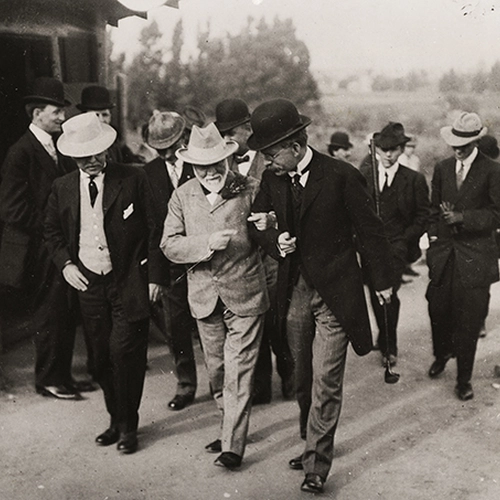
The Carnegie approach
Andrew Carnegie founded the Carnegie Institution for Science in 1902 as a home for world-transforming scientific discoveries. Today, Carnegie Science’s mission—to advance the investigation, research, and discovery, and apply that knowledge to the improvement of humankind—is more urgent than ever. An independent research institution, we provide our scientists with the flexibility to follow their discoveries, seize opportunities, and define new fields of investigation. Our researchers continue to ask and answer compelling questions where we have the expertise, the leadership to mobilize the international research community, and the vision to transform our understanding.
Learn more about Carnegie ScienceBreaking news
Keep exploring
Over the past century, we've cultivated a vibrant community of collaboration that allows us to pursue our wildest ideas.
The Earth and Planets Laboratory (EPL) is located on the Broad Branch Road campus (BBR) in Northwest Washington, DC.
The Earth and Planets Laboratory is driven by people-power!
From our world to the edge of the universe, our scientists ask and answer humanity's biggest questions.




